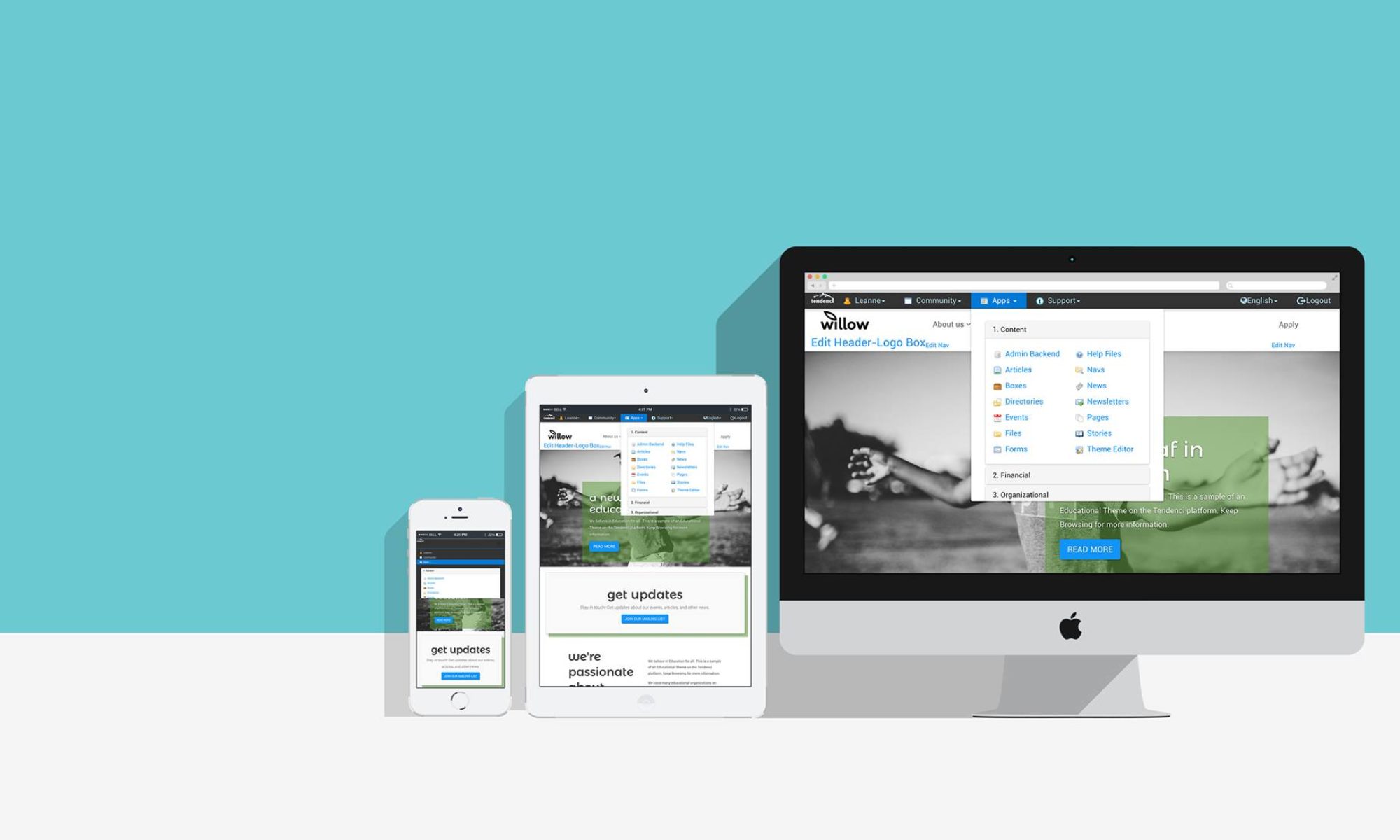Last week, our very own Caitlin Kaluza spoke to some eager marketing students at the University of Houston Downtown. Huge thanks to Michelle Wicmandy and all the organizers at the American Marketing Association (AMA) of UHD for having us out! The conference was called “Catch the Marketing Fever” and we LOVED their themed t-shirts. See below:

1. Setting Strategic Goals
Put yourself in your audience’s shoes. Who are they? What do they want/need? Where do they hang out? (Google, Facebook or LinkedIn?) When are they on certain channels? For example: Twitter users are more often on Twitter on the weekends vs. the week. Do your research and get a good idea of what your audience is up to.
Define your conversion: How will you define success? A contact form submission? A phone call into your office from an ad on the search network? You also need to know how to measure it? Did your ad drive traffic to the site that sold x amount of tickets? Did you reach 5 contact forms in a day? Once you figure out what success will mean and how to measure it, you need to be able to track it. Some great tracking tools you can use are Google Analytics, Hootsuite and Sproutsocial.
Remember to set expectations: Results will take time. There is no overnight success in marketing. Our job is never over!
2. Finding Your Audience
It’s important to know where your audience is hanging out. Are they mainly a Facebook crowd? Or will they be seeking you out via Google or other search engines?
To answer these questions, it’s important to remember that your website is your mothership! We can use a variety of tools to research what our audience wants/needs/where they are, etc. See our hierarchy of web marketing tools below:

With your website as the foundation, you can use Google Analytics to track how users found your site and how the behave once they reached the site. You always want to make sure your site optimized for Search Engines (SEO) and is easily accessed on mobile devices. From there, spread out to Social Media and fill that space. Once all of these portals are well maintained, branch out to paid advertising with Google Adwords or Facebook Ads.
3. Platform Choices
If using Google Adwords for paid search ads, you will have two options:
Search Network: This is when the user goes to Google and searches “purple shoes houston” and your Purple Shoe shop in Houston ad will show up on Google. You get the advantage here because you have the advantage of being there when they are searching for you. This usually results with a CTR (Click Through Rate) of 2-4%.
Display Network: Ever noticed when you look up those cute shoes on Banana Republic… you KEEP seeing ads on other sites for Banana Republic shoes? This is called remarketing that utilizes the Display Network, which serves Google ads across the web on site’s that work with Google. This can take the form of banner, text or video ads.
If you’re interested in using Bing ads here are a few key takeaways:
- They hold 16% o f the market share.
- The less competition tends to be cheaper.
- Long tail keyword phrases tend to work better here.
- Demographics skew older because it’s the default search engine on several browsers.
Facebook Advertising:
With 1.11 billion users, Facebook accounts for 90% of all time spent on social networking. Chances are, your audience is there – one way or another. Users are 40-150 times more likely to consume your content on their newsfeed than on your website. Their algorithm, Edgerank determines newsfeed content based on 1) your personal interaction with that user and type of content & 2) your network’s interaction.
With Facebook Ads/Posts, think FUN, think social, think low barrier to entry. You can start small to see what works and target by demographic. Remember to consider how you use Facebook and remember that when trying to reach/influence your audience.
Twitter Advertising:
With the relatively new Twitter Paid Ads, there are two options: 1) Full-Service: provides a customer service rep, promoted accounts, tweets and trends 2) Self-Service: provides promoted accounts and tweets and you only pay for what works – when someone clicks, replies, RTs etc.
Remember to keep it short, timely and use images and links. Users are 5x more likely to share news items.
Youtube Ads:
With 1 billion unique visitors each month, it’s no surprise that Youtube is the second largest search engine. Paid ad options include: 1) Standard In-Stream – 15 or 30 second long “commercials” 2) TrueView – Can be longer, can skip after 5 seconds.
It’s important to keep your ads entertaining. People don’t come to Youtube for ads. (Remember when there weren’t any ads on Youtube?!)
Below is a quick ad we created for our open source CMH for non-profits, Tendenci, featuring Carl, the Guinea Pig.
Caitlin and I enjoyed hanging out with AMA of UHD and look forward to doing it again soon!

See more pictures from the Catch the Marketing Fever!
Below are the slides for your review:




 We’re at the
We’re at the 
 #SoLoMo Advice – Top 3 Takeaways!
#SoLoMo Advice – Top 3 Takeaways!



